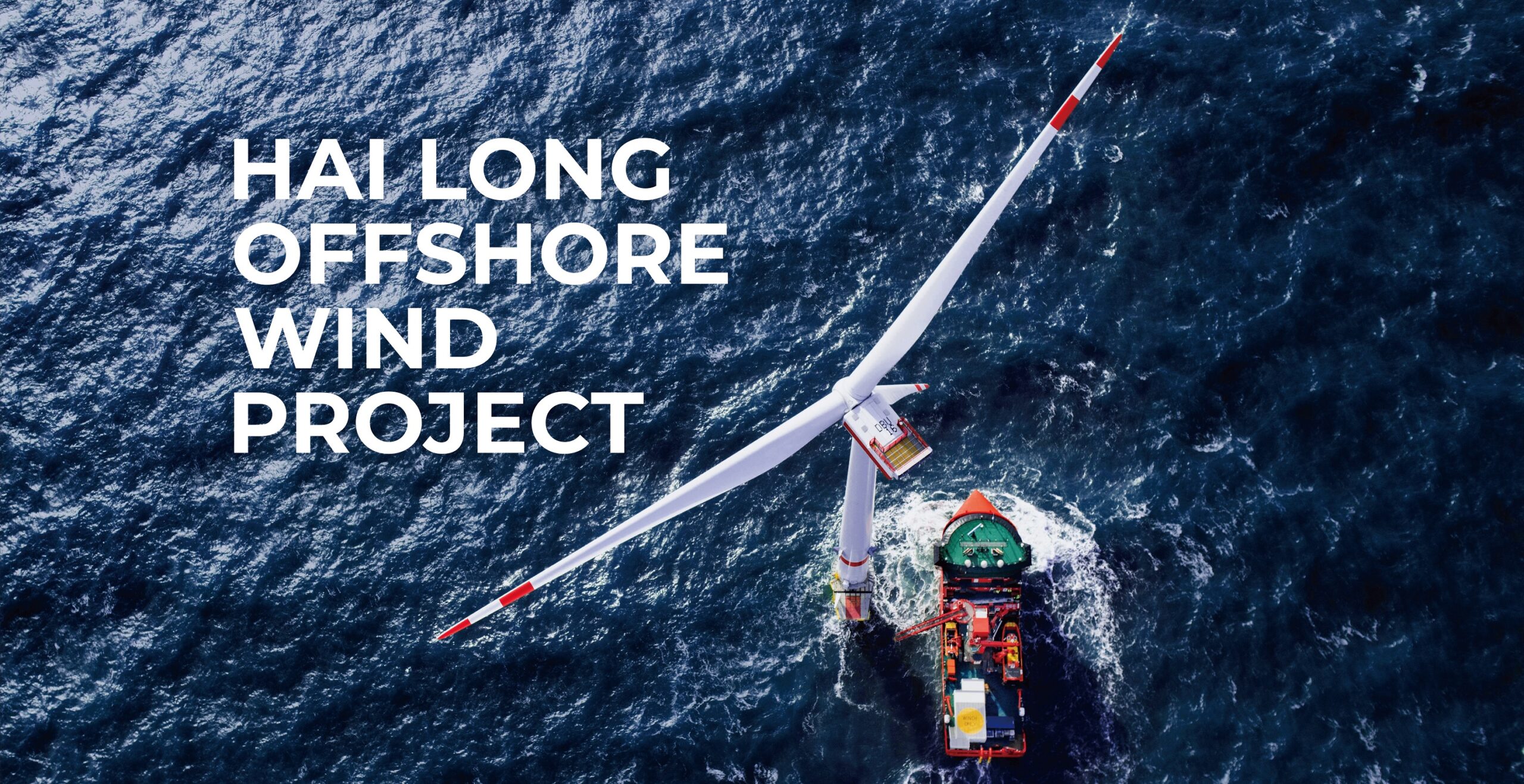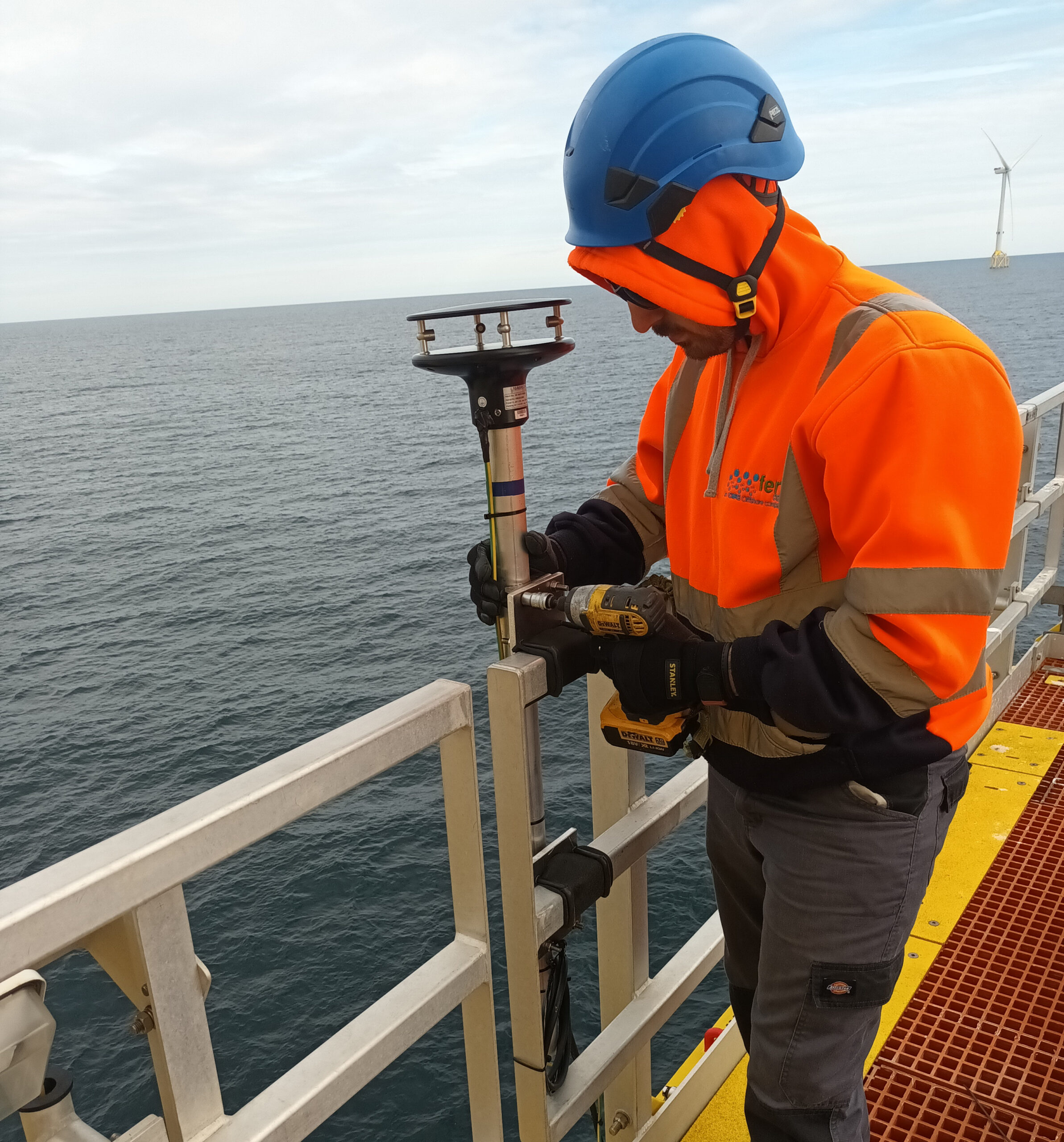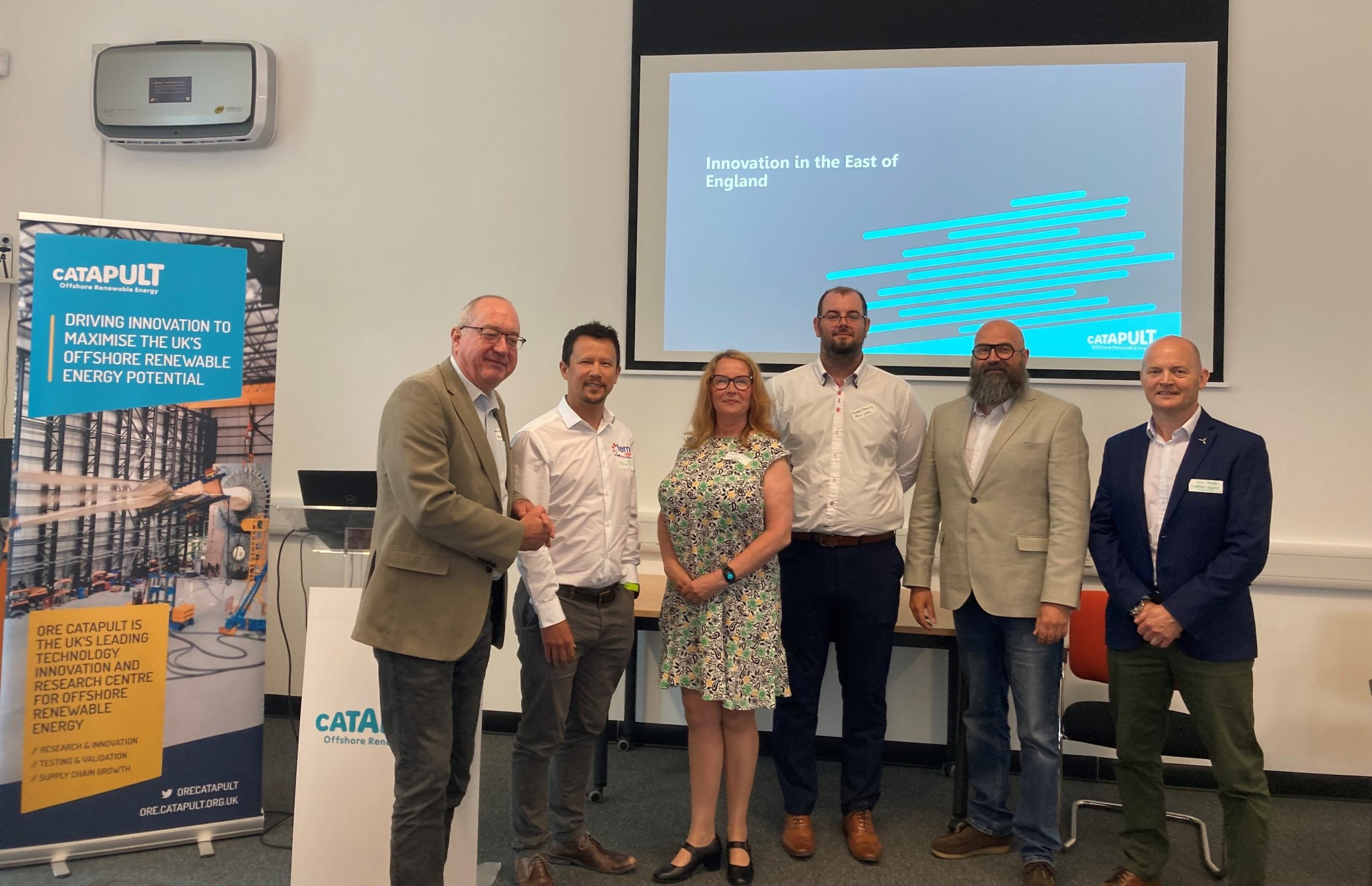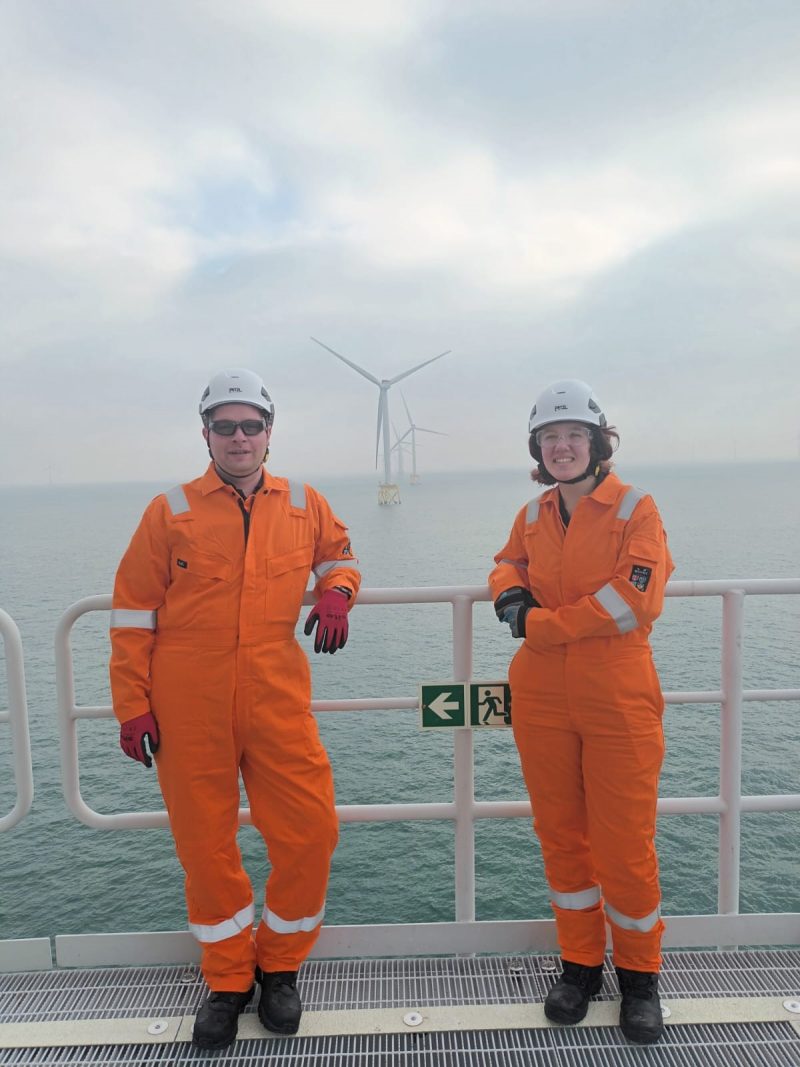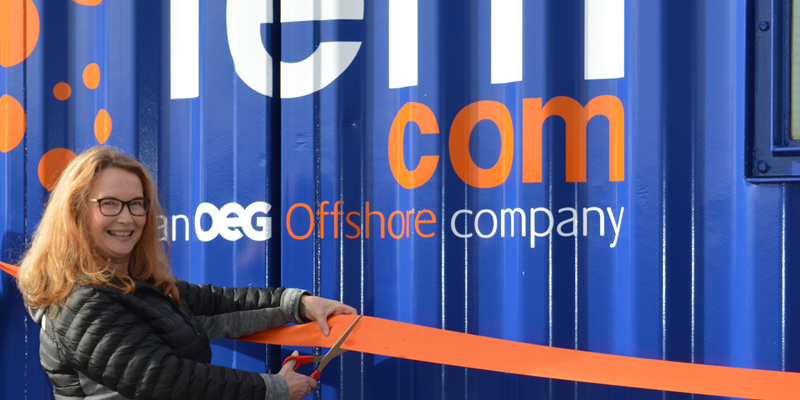Every rescue worker is acutely aware of how critical it is to maintain radio communications with co-workers whether fighting a fire or responding to an emergency. Breakdown in communications can mean the difference between life and death.
Fern Communications Ltd provides two-way radio communications systems to the international emergency services and upstream oil and gas industries. During the past four years the company’s FRX-1 and FRW-1 Portable Radio Repeaters have dramatically improved radio communications in subsea corridors, mountain road tunnels, high rise buildings, power plants, oil platforms and refineries.
Fern Communications has reported that its all-weather FRW-1 Portable Radio Repeater significantly improved radio communications for the Special Search and Rescue Team (SSRT) during a series of recent trials in Taiwan.
The lightweight, waterproof FRW-1 dramatically increases radio coverage by eliminating radio “black spots” that wreak havoc with radio signals, interrupting the flow of vital radio communications. The system extends radio transmission range by “bending” the radio signal around solid structures.
With reports emerging of emergency responders’ radios failing to work in the London Underground during the July 7, 2005 London bombings, London’s emergency services will welcome the news that radio communications technology that prevents communications from breaking down in underground tunnels and concrete bunkers has been developed by the Suffolk company.
When Bruce Lan, Managing Director for safety equipment specialist VAN Protecteur Co Ltd, brought the FRW-1 Radio Repeater and its ability to enhance radio communications to the attention of the Special Search and Rescue Team (SSRT) in Taichung, Taiwan, they were keen to test it for themselves.
Fern Communications responded by conducting a two-phase set of trials with the FRW-1, in cooperation with the SSRT. Traveling by helicopter, the first trial took place in a 400m deep road tunnel through the mountains near the Central Mountain Range in Taichung County, Taiwan. First, the SSRT activated their existing radio equipment. One walked through the winding tunnel while communicating with the other rescue worker who remained at the entrance of the tunnel. Within just 20 metres, the radio signal was lost. Then they repeated the exercise with the FRW-1 switched on and placed the unit at 200m into the tunnel. The result? The rescue workers never lost the radio signal, even when they were 400 metres apart and communicating through cement and solid earth. It was a first. Neither had ever managed to maintain continuous radio contact while underground in a road tunnel.
Because the SSRT often responds to emergencies in high rise office buildings, they carried out the second phase of trials in number of 20 story buildings in Taipe. With one SSRT member located outside of the building near the entrance, the second member made his way on foot from the first floor to the second floor. When the two were separated by about 20 metres, they lost radio contact. Repeating the exercise, but with the FRW-1 operating, the first rescue worker was able to travel all the way to the 10th floor before losing contact. But by moving the FRW-1 up a few floors, communication reached the top floor. Again, it was the first time that they had ever managed to maintain unbroken radio contact in a high rise building.
“The FRW-1 made it possible for the team to communicate through several floors constructed of steel, steel fire doors and solid structures. It was a first,” said Lan. (Or other person with SSRT.) “Each trial exceeded expectations by demonstrating that the FRW-1 extends the reach of a signal. It literally ‘bends’ the signal around solid structures so you never lose contact with your team. It is an incredible boon to the safety of rescue workers,” he added.
As a result of these successful trials, the SSRT purchased 13 FRW-1 units, making them a standard feature of their communications system. Looking ahead, Fern Communications will provide onsite training in maintenance for the SSRT in Taiwan later this year.
The FRW-1 comes as welcome news to those working in roles that require reliable radio transmission to communicate with co-workers in challenging physical environments, especially in emergency services. “We’re extremely pleased with the outcome of the trials in Taiwan. It proved how the FRW-1 can be placed between fire fighters in, for example, a burning structure and a control-command centre outside,” said Clive Cushion, Technical Director of Fern Communications. “By doing so, it makes it possible for the rescue team to communicate instantaneously, in spite of the fact that they may be surrounded by dense – sometimes falling – metal columns or beams that would otherwise cause the signal to break up, he added.
According to Cushion, the FRW-1 is extremely adaptable. For example, for those carrying out disaster relief efforts, the company can supply an emergency communication pack that contains upwards of six radios and one FRW-1. Then, in the event of a disaster of any kind – flooding, fire, crashes, or storms – the pack can be set up immediately to serve as a mobile command and control centre, making response times that much quicker.
The field trials carried out in Taiwan are the latest in a string of successful trials that have taken place with the FRW-1 and its sister system, the FRX-1. During the past three years, Fern’s radio repeaters have been purchased by fire services organisations in the UK and Norway. They are also being used by energy services industry. For example, companies in Louisiana have made them available to workers offshore in the Gulf of Mexico. Workers use them during planned shutdowns of power stations in the UK, and in refineries throughout Norway.
The FRW-1 and the FRX-1 fill a gap in the market for a system that provides consistent, uninterrupted radio communication. Since their debut in 2007, the systems have been received with enthusiasm by the emergency services sectors in the United Kingdom and Norway, and by the global energy industry.
Reliable radio communications are critical for safe and efficient well services, especially offshore. Unfortunately, standard radio systems are extremely vulnerable to ‘black spots.’ Typically, these are solid structures that make up the platform and block radio signals, making it impossible for the targeted receiving radio to receive the signal. The upshot is that radio communications consistently break down in certain areas. The FRX-1 was developed in response to customer demand for a system that would address this issue. In an effort to provide a solution, Fern Communications began developing the FRX-1 radio repeater in 2006. The system was put through a series of rigorous field tests in a variety of underground sites and rig simulator training centres in Norwich, England and Aberdeen.
Today’s FRX-1 is the only system of its kind that effectively bends the radio signal around a solid structure so that it reaches its target destination: the receiving radio located on the other side of the structure. To ensure that the FRX-1 may be used in a broad range of environments, the system is approved for use by the European Union in hazardous Zones 1 and 2, gas group 11C and temperature-rated to T5, all in accordance with ATEX Directive 94/9/EC, the set of rigorous standards aimed at preventing explosions, and protecting people in the event of an explosion.

